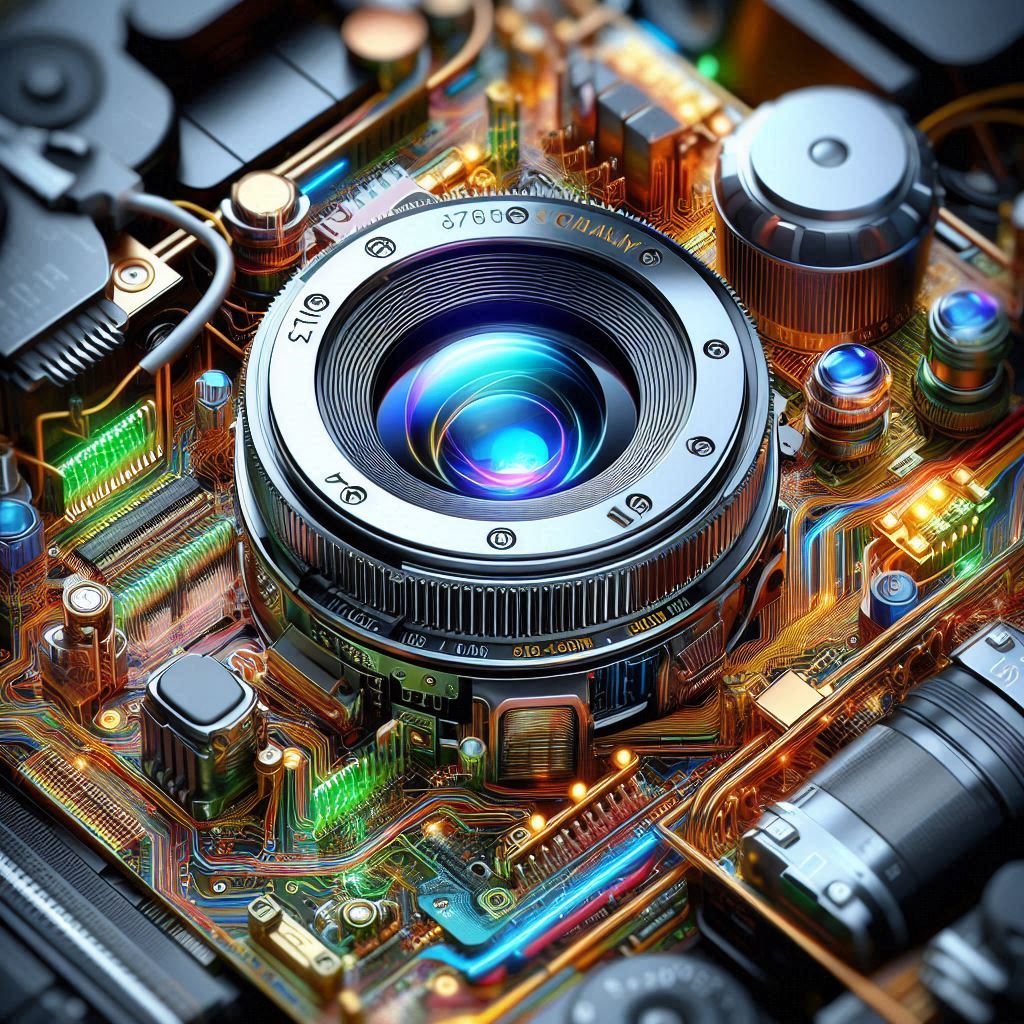Global Shutter Technology: Revolutionizing Image Capture
In the realm of imaging and vision systems, the quest for precision, speed, and clarity has led to significant technological advancements. One of the most transformative developments in recent years is Global Shutter technology. Unlike traditional rolling shutters, Global Shutter (GS) captures an entire frame at once, providing a host of benefits that make it indispensable for various applications, from industrial automation to consumer electronics. In this article, we delve into the intricacies of Global Shutter technology, its advantages, and its promising future.
1. Understanding Global Shutter Technology
Global Shutter technology fundamentally differs from its counterpart, the rolling shutter, in the way it captures images. In rolling shutters, each line of the image sensor is exposed sequentially, resulting in a time delay between the top and bottom of the frame. This can cause distortions, especially in fast-moving scenes, known as "rolling shutter artifacts." In contrast, Global Shutter exposes all pixels simultaneously, capturing a "snapshot" of the scene in an instant, eliminating these artifacts.
2. Advantages of Global Shutter
2.1. High-Speed Imaging
One of the primary advantages of Global Shutter is its ability to capture high-speed motion without distortion. This is particularly crucial in applications such as robotics, where precise motion analysis is required. In industrial automation, GS sensors enable accurate inspection of fast-moving conveyor belts, ensuring quality control and efficiency.
2.2. Improved Image Quality
Global Shutter technology excels in producing high-quality images with minimal artifacts. By capturing the entire frame at once, GS sensors prevent the warping and skewing effects seen in rolling shutters. This results in clearer, more accurate images, which are essential in fields like medical imaging and scientific research.
2.3. Enhanced Low-Light Performance
GS sensors also offer superior performance in low-light conditions. By simultaneously exposing all pixels, they can gather light more efficiently, resulting in better image quality in dimly lit environments. This makes Global Shutter ideal for applications such as surveillance and astronomy, where low-light imaging is critical.
2.4. Precision in 3D Imaging and Machine Vision
In 3D imaging and machine vision, accuracy and speed are paramount. Global Shutter sensors provide precise depth and motion information, enabling advanced applications like 3D scanning, augmented reality (AR), and virtual reality (VR). By capturing frames without delay, GS technology ensures accurate spatial and temporal data, enhancing the performance of these systems.
3. Applications of Global Shutter Technology
3.1. Industrial Automation
3.2. Autonomous Vehicles
Autonomous vehicles rely on accurate and fast image capture for navigation and obstacle detection. Global Shutter sensors provide the necessary clarity and speed to capture dynamic scenes, making them a crucial component in the development of self-driving cars.
3.3. Drones and Aerial Imaging
Drones equipped with Global Shutter cameras can capture stable and distortion-free images, even during rapid movements. This is essential for applications like aerial mapping, surveying, and monitoring, where image accuracy is critical.
3.4. Medical Imaging
In the medical field, Global Shutter technology is used in devices such as endoscopes and diagnostic imaging systems. The ability to capture clear, high-quality images quickly aids in accurate diagnosis and treatment.
3.5. Consumer Electronics
Global Shutter sensors are also making their way into consumer electronics, particularly in smartphones and cameras. The technology allows users to capture high-speed action shots and videos with minimal distortion, enhancing the overall user experience.
4. The Future of Global Shutter Technology
As technology continues to evolve, the capabilities of Global Shutter sensors are expected to expand further. Innovations in sensor design and manufacturing are likely to improve their resolution, speed, and efficiency. Additionally, advancements in AI and machine learning will enhance the functionality of GS-equipped systems, enabling new applications and improving existing ones.
In conclusion, Global Shutter technology represents a significant leap forward in the field of imaging. Its ability to capture high-speed, high-quality images without distortion makes it a versatile and valuable tool across various industries. As we look to the future, the continued development and adoption of Global Shutter sensors will undoubtedly lead to even more groundbreaking applications and innovations.



